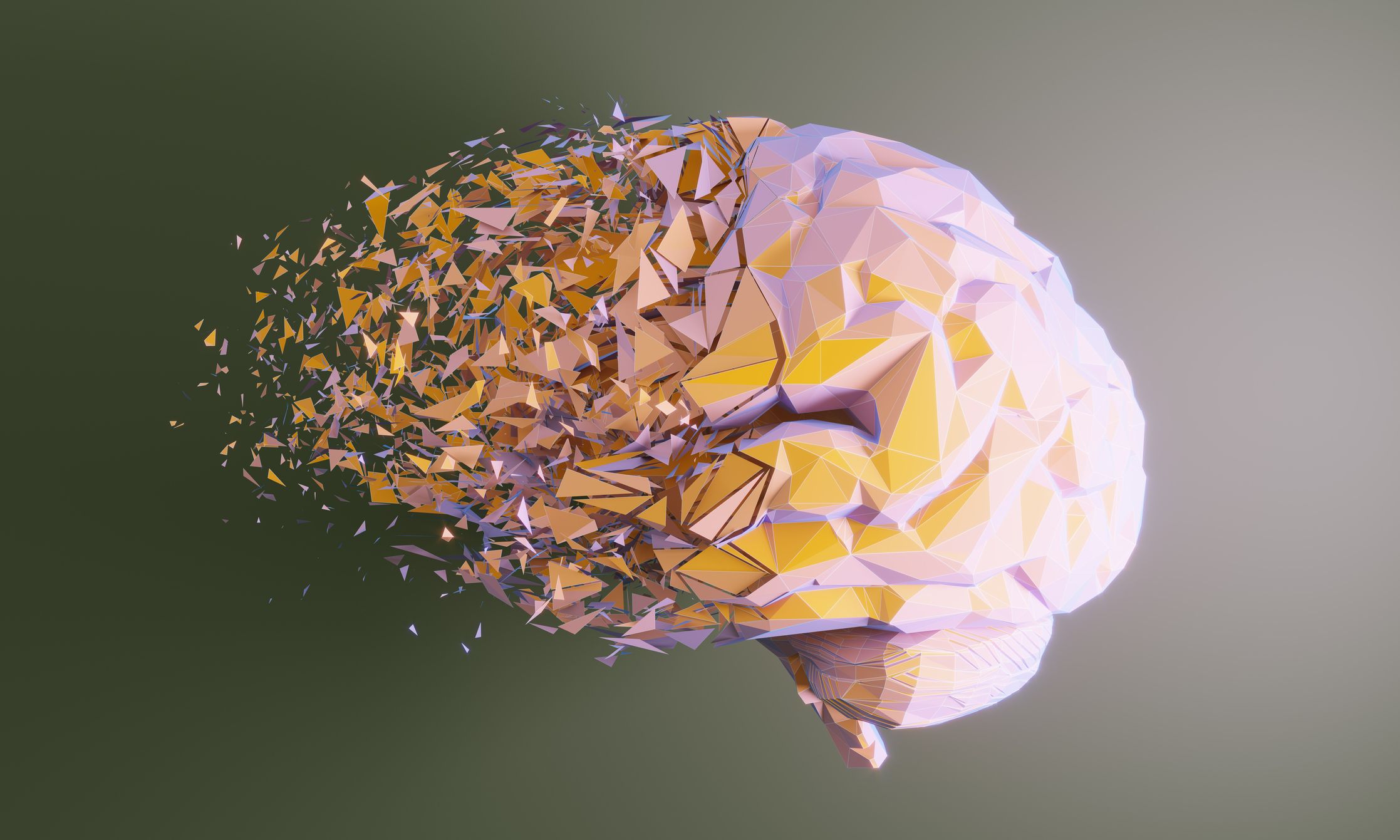
In the late 1990s, Richard Davidson, a neuroscientist and psychologist at the University of Wisconsin’s Laboratory for Affective Neuroscience, flew eight of the Dalai Lama’s most seasoned meditators to his lab in Wisconsin. There, Davidson attached hundreds of EEG sensors to each monk’s scalp to record electrical activity in many different areas of the brain as they meditated.
After 15 seconds, according to the EEG readings, the monks’ brains did not slow down, as is usually expected in meditation; they began speeding up. In fact, they were activated on a scale neither Davidson nor any other scientist had ever seen. The monitors showed sustained bursts of high gamma-band activity—rapid cycles of 25–70 Hz.
The gamma band, the highest rate of brain-wave frequencies, is employed by the brain when it is working its hardest: in a state of rapt attention, when sifting through working memory, during deep levels of learning, in the midst of great flashes of insight.
That the monks could achieve this state so rapidly suggested that their neural processing had been permanently altered by years of intensive meditation. Although the monks were middle-aged, their brain waves were far more coherent and organized than those of a set of robust young controls. Even during their resting state, the Buddhists showed evidence of a higher ratio of gamma-band activity than in neophyte meditators.
The heightened state also produced permanent emotional improvement by activating the left anterior portion of the brain—the portion most associated with joy.
In later research, Davidson demonstrated that meditation alters brain-wave patterns, even among new practitioners. Volunteers who’d practiced mindfulness meditation for only eight weeks showed increased activation of the “happy thoughts” part of the brain.
As Davidson discovered, when the brain operates at these extremely fast frequencies, the phases of brain waves (their times of peaking and troughing) all over the brain begin to operate in synchrony. At least 25 studies have shown that, during meditation, EEG activity between the four regions of the brain synchronizes.
The gamma state is even believed to cause changes in the brain’s synapses—the junctions over which electrical impulses leap to send a message to a neuron, muscle or gland.
Until recently, scientists believed that the two sides of the brain work more or less independently. The left side was depicted as the “accountant,” responsible for logical, analytical, linear thinking and speech, and the right side as the “artist,” providing spatial orientation, musical and artistic ability, and intuition.
But Peter Fenwick, consultant neuropsychiatrist at the Radcliffe Infirmary in Oxford, St Thomas’ Hospital, Bethlehem hospital and the Institute of Psychiatry at the Maudsley Hospital, is among those who have gathered evidence showing that speech and many other functions are produced in both sides of the brain and that the brain works best when it can operate as a totality.
During meditation, both sides communicate in a particularly harmonious manner.
All this has recently suggested that meditation is a powerful tool to help prevent or treat Alzheimer’s disease, as Justin Ballis has explored in our cover feature.
In 2000, Sara Lazar, a neuroscientist at Massachusetts General Hospital and an expert in functional magnetic resonance imaging (fMRI), which measures minuscule changes in the brain in real time, carried out a study showing that during meditation, volunteers had a significant increase of signaling in the neural structures of the brain that are involved in attention.
Lazar also discovered that the signaling and neural activity during meditation evolved over time and increased with meditative experience. Her subjects themselves had the impression that their states of mind continued to change during each meditation and as they grew more experienced.
In another of her studies, long-term practitioners of Buddhist mindfulness meditation meditated inside an MRI scanner while Lazar took detailed images of their neural activity. She discovered that those portions of the brain associated with attention, awareness of sensation, sensory stimuli and sensory processing actually were thicker in the meditators than in a set of controls. The increases in cortical thickness were proportional to the overall amount of time each of the participants had spent meditating.
Lazar’s research offered some of the first evidence that meditation permanently alters brain structure. Until her experiment, this type of increase in cortical volume had been linked only to certain repetitive mechanical practices requiring a high degree of attention, such as playing an instrument or juggling.
Here was some of the first evidence that thinking certain thoughts exercises the “attention” portion of the brain and makes it grow larger. Indeed, the cortical thickness of these regions was even more pronounced in the older participants. Ordinarily, cortical thickness deteriorates due to aging.
Regular meditation appears to reduce or reverse the process.
All this evidence shows that the brain appears to revise itself throughout life, depending on the nature of its thoughts. Certain sustained thoughts produce measurable physical differences and change its structure.
Small wonder that thinking certain thoughts and meditating regularly can enhance attention and memory, aid global processing, increase learning and happiness, and create better global brain coherence—all of it a holistic remedy for preventing or treating Alzheimer’s disease.